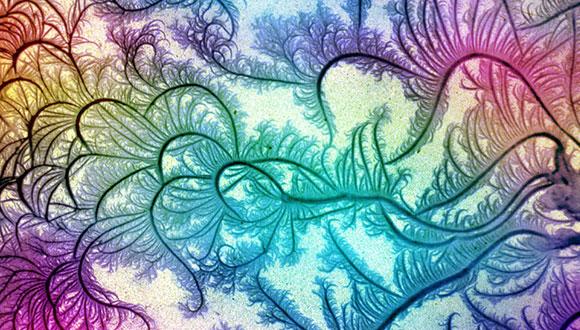Condensed Matter Physics Seminar
Moti Kot & Liran Hareli, TAU
Moti Kot
Title: Quantum Hall Viscosity in a Disordered Electron Fluid
Abstract:
When time-reversal symmetry is broken (e.g., by a magnetic field), the viscosity tensor of a fluid will contain antisymmetric Hall-like components, in addition to the standard shear and bulk viscosities. For a gapped quantum fluid, such as the electron liquid in the quantum Hall regime, the Hall viscosity is predicted to be quantized, and to encode topological information beyond that provided by the Hall conductivity. Knowing its values could therefore help one decide between different models for the quantum Hall effect at fillings such as 5/2. Furthermore, the Hall viscosity has previously been related to the conductivity in the presence of spatially-varying electric field, which could be probed in an experiment. However, all these previous works were confined to clean systems, while any realistic system contains some disorder. In this work we bridge this gap by studying numerically the Hall viscosity and its relation to the conductivity for integer quantum Hall systems in the presence of disorder. Our results show that while disorder breaks the quantization of the Hall viscosity, the modification is small for not-too-strong disorder, making it feasible to extract the Hall viscosity from measurements on moderately clean systems.
Liran Hareli
Title: Breaking the temporal resolution limit by superoscillating optical beats
Abstract:
The ability to create ultra short optical pulses or narrow fringes is important to achieve better temporal resolution in measurements and control of various processes as well as for various applications. It is generally assumed that the Fourier transform limit which gives the minimum pulse duration for a given spectrum also sets the resolution limit. However, band-limited functions can actually oscillate locally at an arbitrarily fast rate through an interference phenomenon known as superoscillations. Here we experimentally break the temporal Fourier-transform resolution limit by generating a super-oscillating optical beat having a temporal feature which is approximately four times shorter than the duration of a transform-limited Gaussian pulse having the same bandwidth, and oscillating twice as fast as the fastest Fourier component of the signal while maintaining 25% visibility. Numerical simulations demonstrate the ability of such signals to achieve temporal super-resolution.
Seminar Organizer: Dr. Eran Sela


